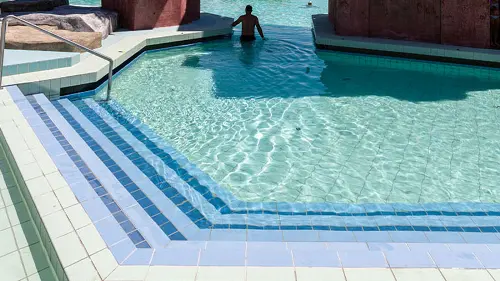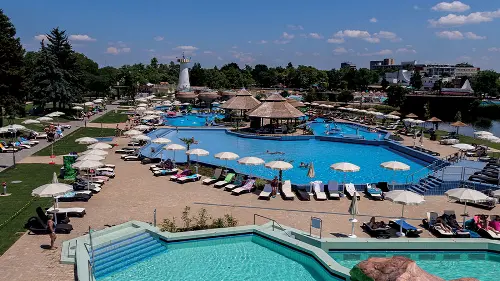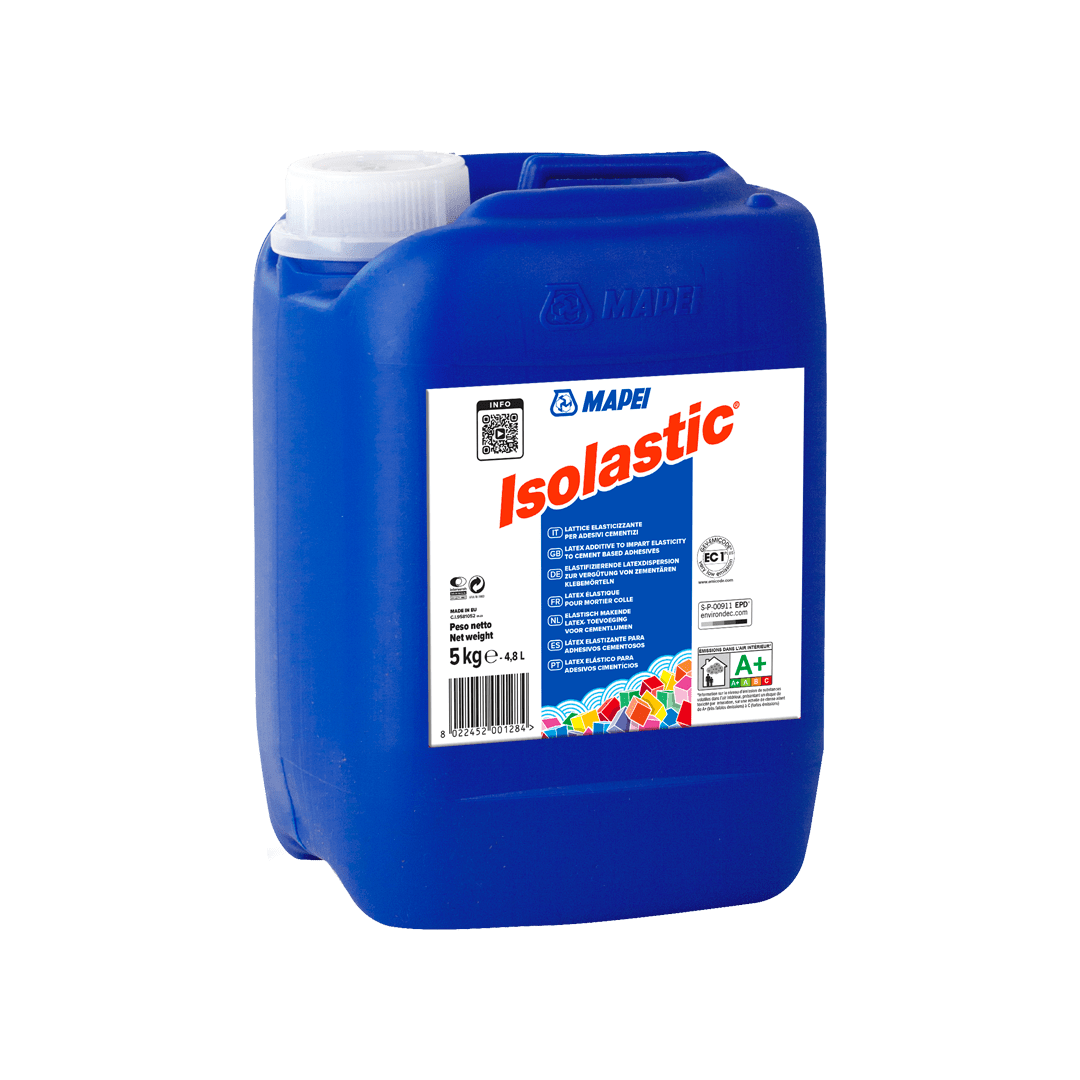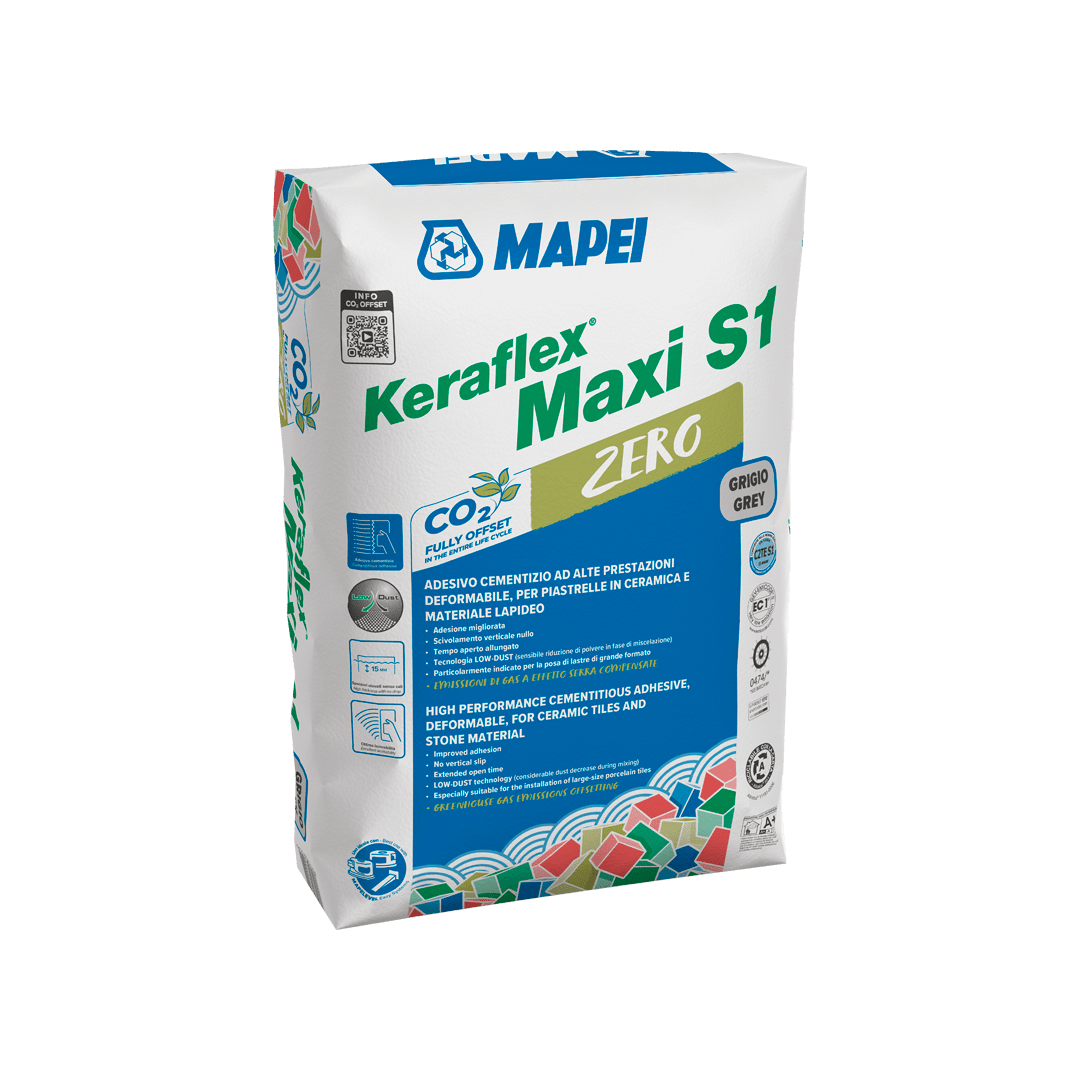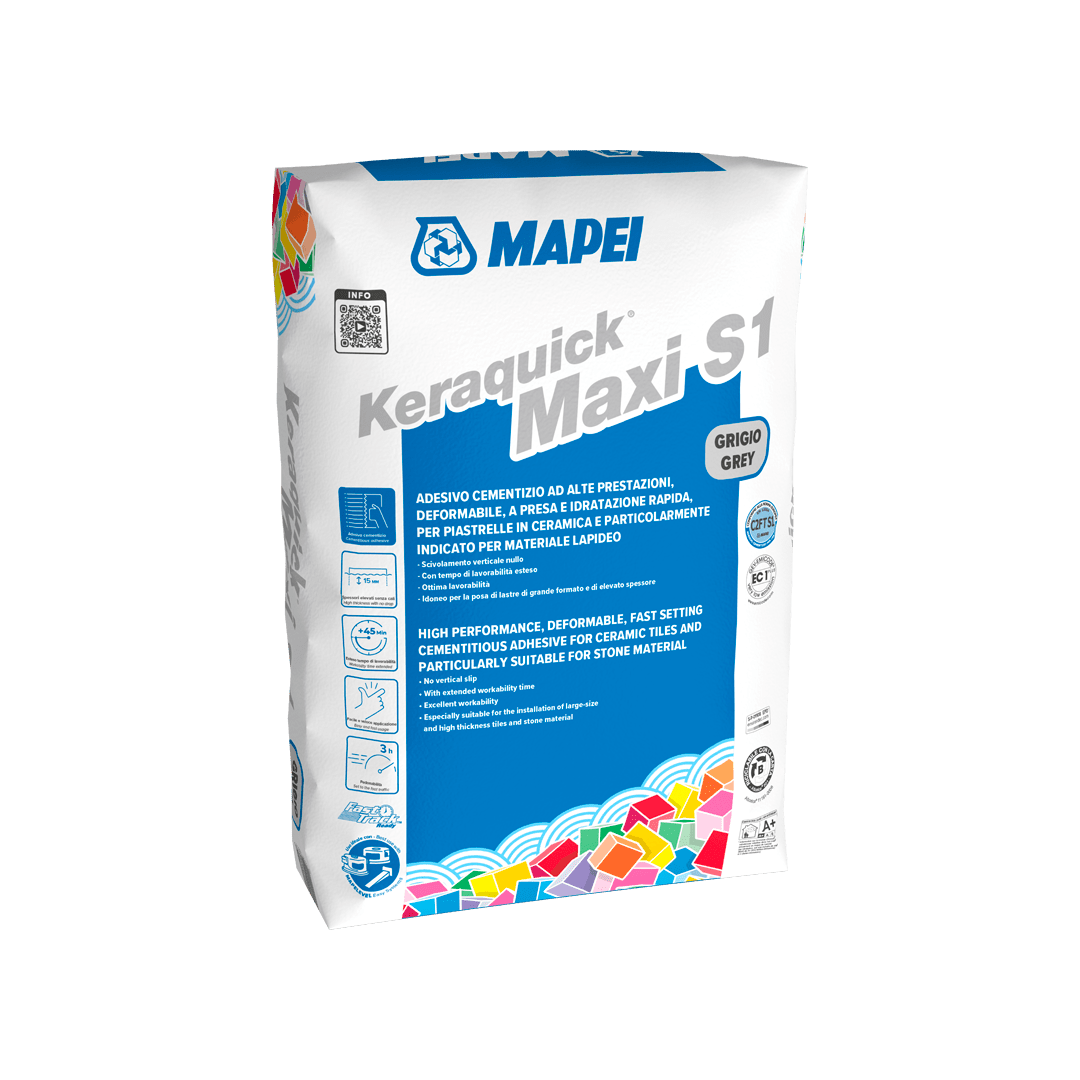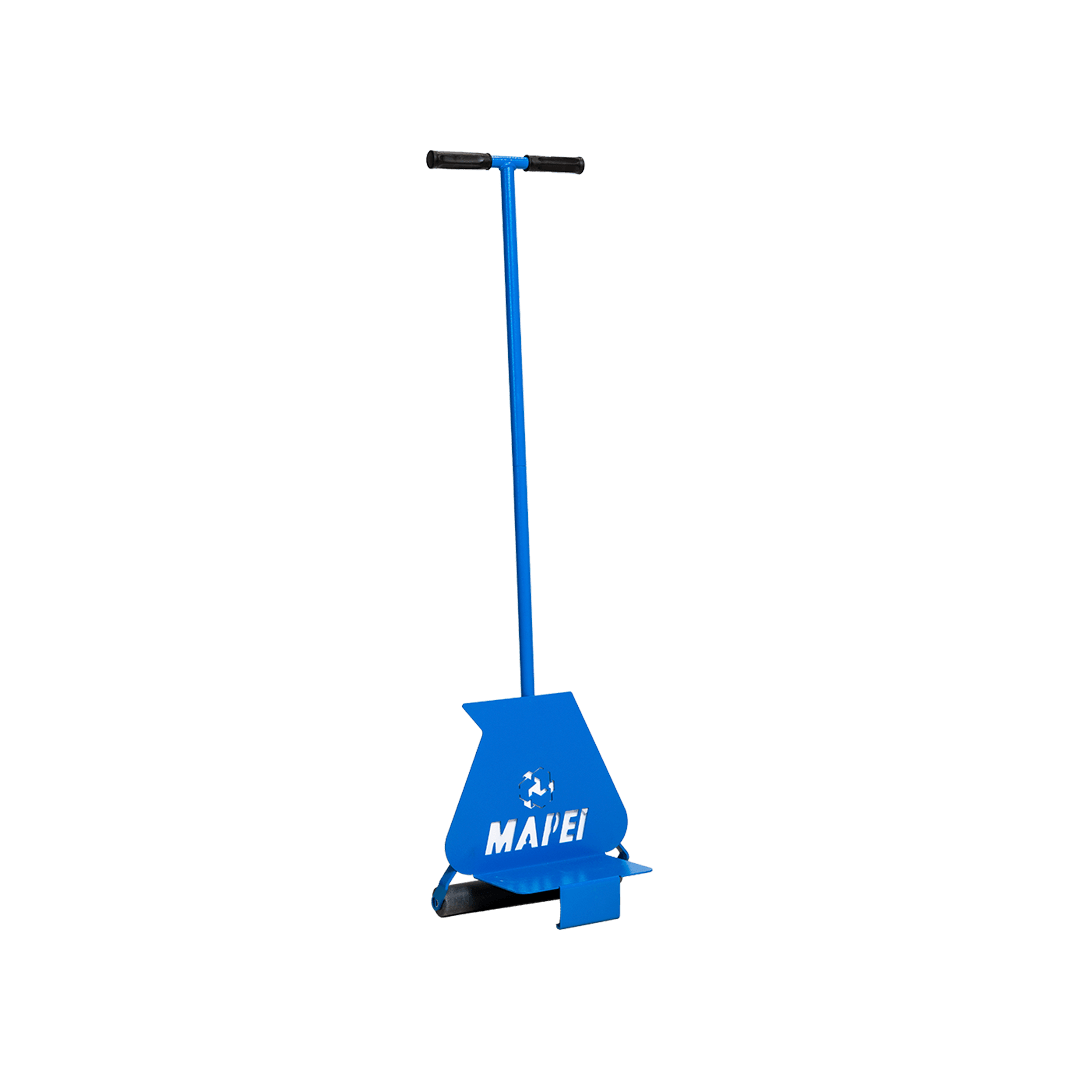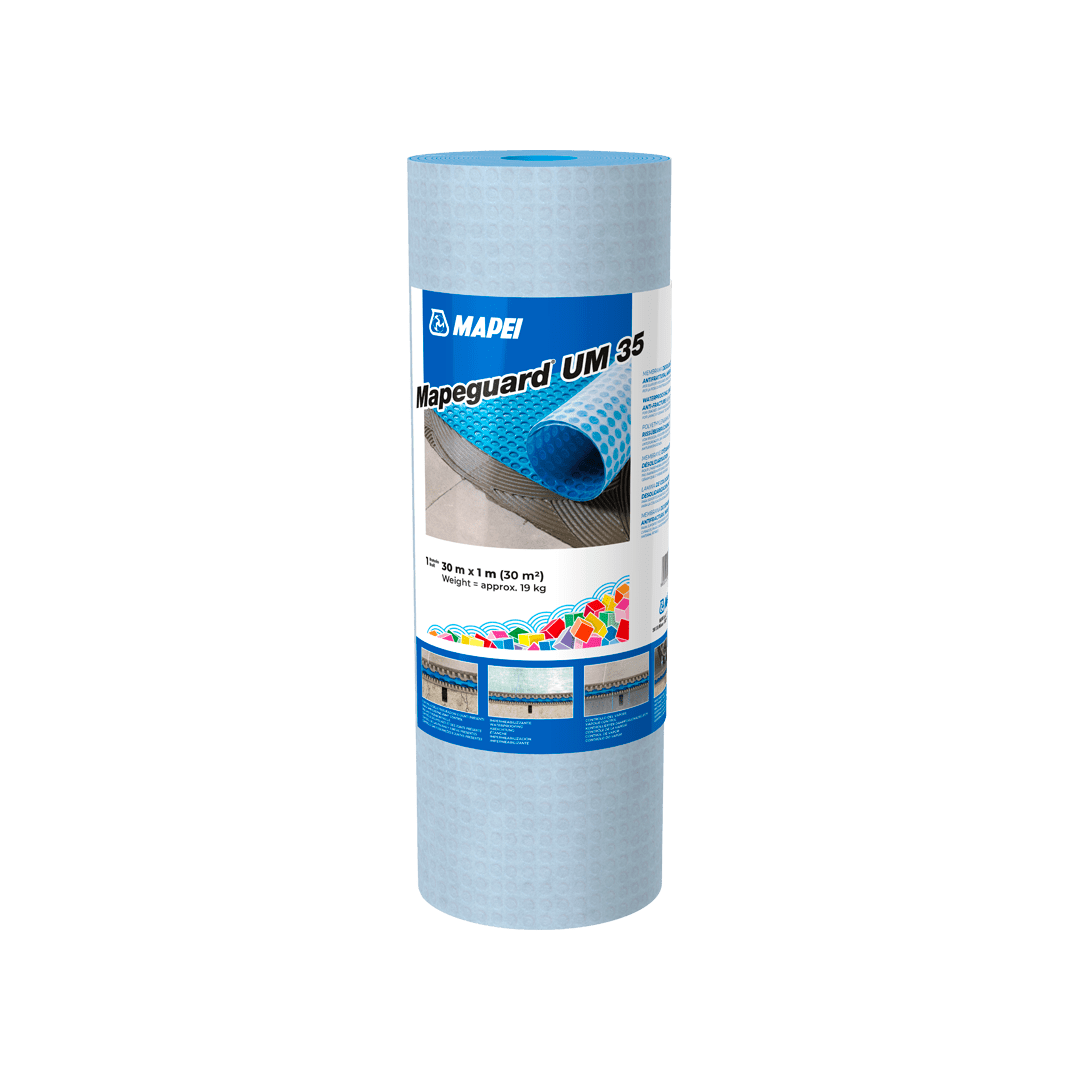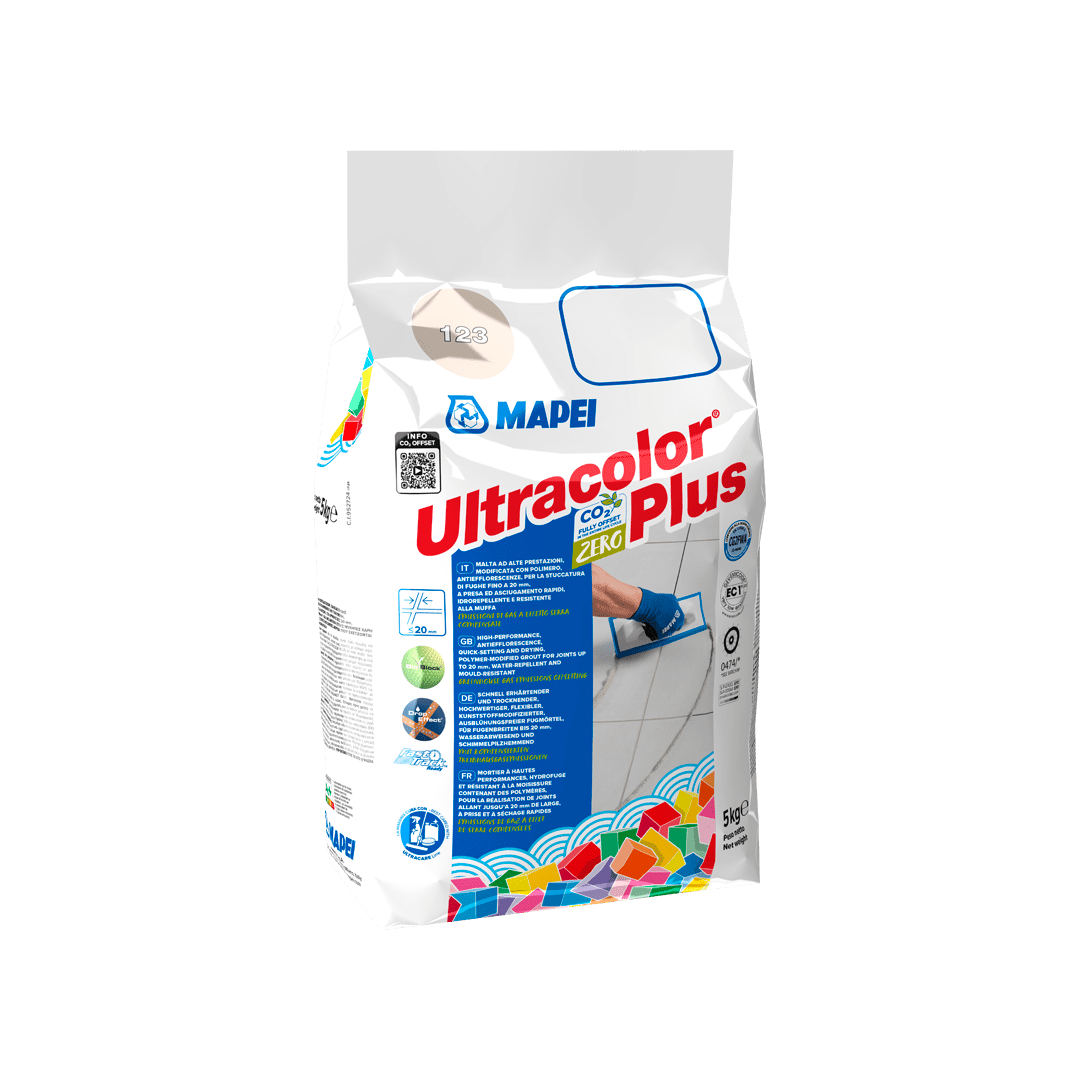

Projects
/
8/6/2024
Sardinian culture and luxury feel for the Abi d'Oru hotel
New lease of life for the Abi d'Oru hotel, one of the symbols of luxury hospitality: high performance and sustainable materials to refurbish guest rooms and communal spaces and to introduce new services
The Abi d’Oru Hotel, a symbol of luxury tourism in Sardinia since 1963, underwent extensive renovations from 2018 to 2023. The updates included new spa facilities, suites, and sustainable practices. Mapei materials played a key role in upgrading the hotel’s interiors and exteriors, enhancing both aesthetics and sustainability.
The Abi d’Oru Hotel is part of the history of luxury tourism in Sardinia. The hotel was built in 1963 by Vittorio Cini, owner of the Ciga Hotels group, and became the undisputed leading hotel in Porto Rotondo. Count Cini commissioned architect Antonio Simon Mossa to design the hotel who, several years later, was contacted by Karīm al-Husaynī, Āgā Khān IV, to design structures for the developing Costa Smeralda. The architect designed a “beehive” of hexagons - Abi d’Oru in the local dialect means golden bee – with 100 guest rooms overlooking the Gulf of Marinella and a private beach surrounded by gardens.

Mapei products have been used for the installation of ceramic tiles and marble slabs in interior and exteriors.
Renovation of the Abi D’Oru Hotel
Between 2018 and 2020 the Zuncheddu family, owners of the hotel since 1998, decided to take over management of the Abi D’Oru themselves and to bring the hotel up to date by providing the types of services that guests of any contemporary hotel would expect. This was the start of a long period of renovation work which was completed in 2023 when the structure was inaugurated.
The redevelopment work included the creation of a new spa centre with saunas, a Turkish bath, sensory showers and wellness areas, two presidential suites with a private lift and terraces directly overlooking the bay and a new swimming pool. For the guest rooms, which now number 160, apart from completely refurbishing fifty of the existing ones with furnishings and fittings by local Sardinian craftsmen, the hotel also offers a so-called “At the sea with” experience, a collection of seven suites and junior suites, each one dedicated to different characters from the history and culture of Sardinia.
The communal spaces were also renovated, starting with the lobby which was transformed into a welcoming space with a lounge and also the location for the reception of the Marinella restaurant and its dining tables on the beach.
Sustainability also counts
Apart from practical policies such as eliminating plastics, choosing only natural and non-toxic materials and differentiated waste management, the hotel has undertaken a journey aimed at achieving a net-zero carbon footprint, which contributed to obtain the BREEAM in-use certification.
For the redevelopment and renovation work, this interest in sustainability pushed the client into specifying the use of materials that are not only high performing, but also sustainable such as those recommended by Mapei.

Marble slabs were installed on the floors in the guest rooms of Abi d'Oru Hotel with KERAFLEX EXTRA S1 ZERO* cementitious adhesive.
Installing ceramic tiles and stone materials
Various types of covering materials were installed in areas both inside and outside the hotel: porcelain tiles, including large formats, and slabs of marble.
To install the marble slabs on the floors in the guest rooms, bathrooms and corridors, it was recommended to use KERAFLEX EXTRA S1 ZERO* cementitious adhesive. This is a deformable product with no vertical slip or with high wetting capacity, extended open time, and very low emission of volatile organic compounds (VOC), especially suitable for large-format ceramic tiles and stone material. The product recommended to grout the joints was ULTRACOLOR PLUS*, water-repellent, quick-setting and drying, polymer-modified mortar. Its DropEffect® technology make cleaning operations much easier: a property that is particularly important in hotels.
Both KERAFLEX EXTRA S1 ZERO* and ULTRACOLOR PLUS have their CO2 emissions measured throughout their life cycle in 2024 using Life Cycle Assessment (LCA) methodology, verified, certified with EPDs, and offset through the acquisition of certified carbon credits in support of forestry protection projects.
Expansion joints were sealed with MAPESIL LM, a neutral mould-resistant silicone sealant which is especially suitable for stone materials, due to its chemical nature which deters surface bleeding or the migration of plasticising agents which would otherwise stain the substrate.
The substrates in the showers were waterproofed with MAPELASTIC TURBO rapid cementitious mortar, before installing the marble coverings with KERAFLEX EXTRA S1 ZERO*. In the spa, the same waterproofing system was used on the substrates before bonding porcelain tiles with KERAFLEX MAXI S1 ZERO*.

KERAFLEX EXTRA S1 ZERO* cementitious adhesive was chosen to install marble slabs in the rooms and in the bathrooms.
A new swimming pool
The construction of a new swimming pool transformed the outdoor area into an oasis of relaxation. The area around the pool was covered with large format (60x120 cm) porcelain tiles in shades similar to those of the sands found along the Sardinian coast. The substrates were waterproofed with MAPEGUARD UM 35, an uncoupling, anti-fracture membrane which is ideal for cracked and damp substrates and substrates that are not perfectly cured prior to installing ceramic and stone. The membrane was bonded with KERAFLEX EXTRA S1 ZERO* adhesive applied with a MAPEGUARD ROLLER to make sure it adhered perfectly to the substrate. The joints between the sheets were waterproofed with MAPEBAND EASY tape, which was bonded with MAPEGUARD WP ADHESIVE. Rolls of MAPEGUARD ST alkali-resistant, anti-fracture membrane were used to waterproof the joints between the edges of the paving and drainage channels and pillars. KERAFLEX EXTRA S1 ZERO* was again used to install the porcelain tiles in the area around the pool, before grouting the joints with ULTRACOLOR PLUS. The expansion joints were sealed with MAPESIL LM.
The pool itself has a curved shape and the ceramic tiles were installed on its surfaces using KERAQUICK MAXI S1 quick-setting and drying cementitious adhesive, with very low emission of volatile organic compounds. Due to its fast-setting properties, the product is particularly suitable for the rapid installation of tiles in swimming pools.
For the mosaic tiles in the pool and on the walls, the product chosen was ADESILEX P10 cementitious adhesive with no vertical slip, mixed with ISOLASTIC elasticising latex. The joints were again grouted with ULTRACOLOR PLUS mortar.

Ceramic tiles were bonded in the hotel pool with KERAQUICK MAXI S1, while mosaic tiles were bonded with ADESILEX P10, mixed with ISOLASTIC elasticising latex.
Project Information
Abi d'Oru Hotel, Porto Rotondo (Italy)
Period of construction: 1961-1963
Design: Antonio Simon Mossa
Period of renovation: 2023
Year of the intervention: 2023
Intervention by Mapei: supplying products for waterproofing substrates, installing porcelain tiles, marble and mosaics
Design: Studio Rossetti Engineering
Owner: Zuncheddu family
Flooring contractor: Crivelli
Mapei distributor: Crivelli
Mapei coordinator: Fabio Murgia, Mapei SpA
*These products have their CO2 emissions measured throughout their lie cycle in 2024 using Life Cycle Assessment (LCA) methodology, verified, certified with EPDs, and offset through the acquisition of certified carbon credits in support of forestry protection projects.








